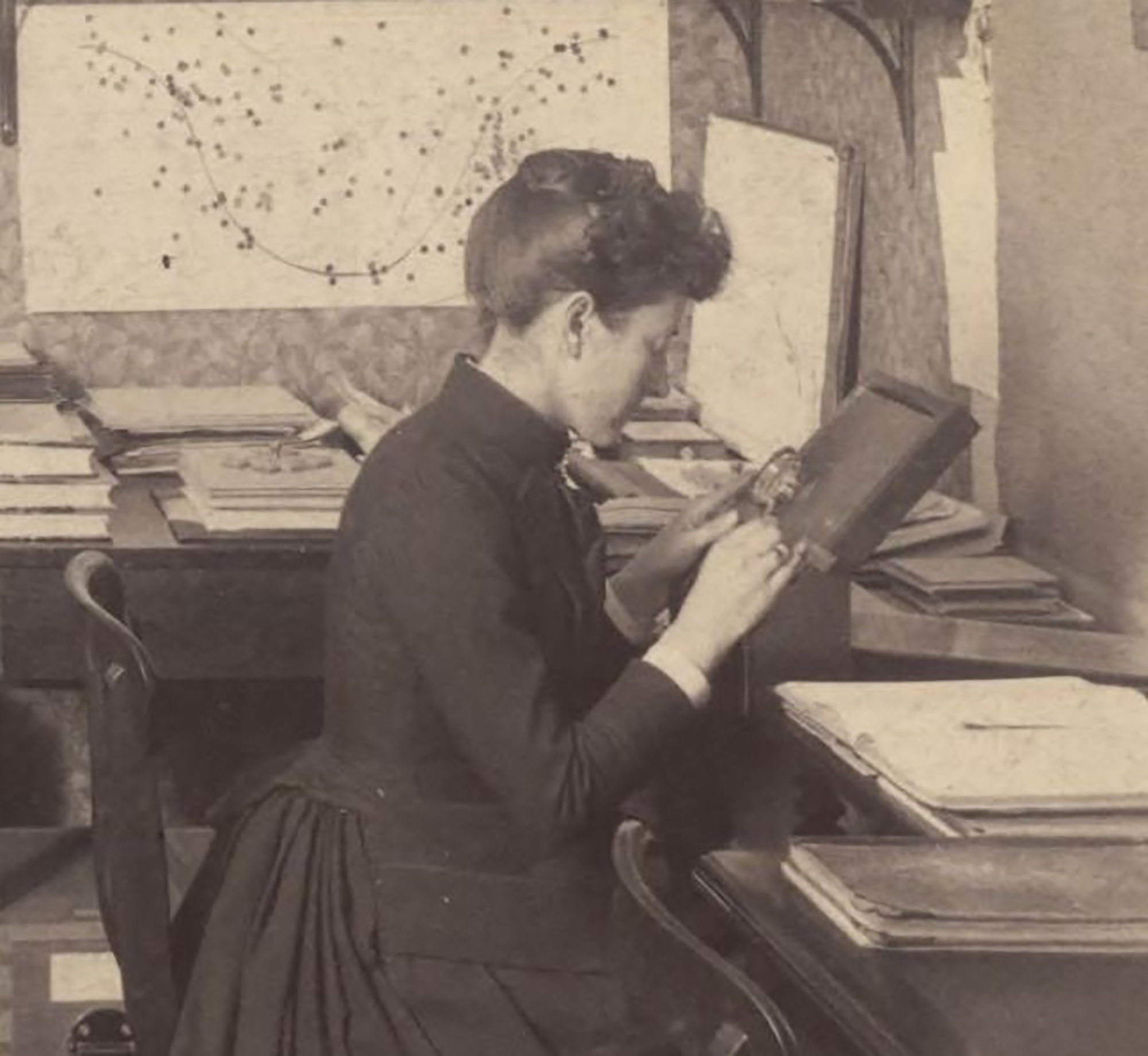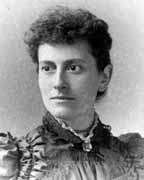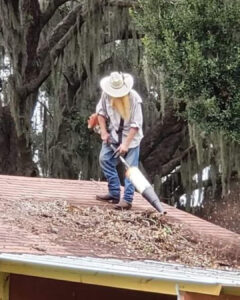This is one of the most inspiring stories you will ever read about overcoming adversity and reaching for the stars – literally. It’s the incredible story of Williamina Fleming’s Legacy, a woman who started as a housekeeper and became one of history’s most important astronomers, proving that brilliance knows no bounds. Her journey reminds us that life can take unexpected turns, leading to greatness even from the humblest beginnings.
A Shattered Dream, An Unexpected Chance
In the 1870s, young Williamina Fleming arrived in America from Scotland, full of hope. But her life quickly took a devastating turn. Her husband abandoned her, leaving her pregnant, alone, and penniless in a foreign land. Desperate for work, she took a job as a housekeeper for Edward Pickering, the Director of the Harvard College Observatory. It was survival, not the life she’d dreamed of.
Pickering, however, was known to be frustrated with the sloppy work of his male assistants at the observatory. One day, in a moment of exasperation, he reportedly declared, “My Scottish maid could do better!” It might have been just an outburst, but Pickering decided to give Williamina a chance. He brought her into the observatory, not to clean, but to work with the stars.
The “Harvard Computer” Who Soared
In 1881, Williamina became one of the first members of the “Harvard Computers,” an all-female team hired to do the painstaking work of analyzing photographic glass plates of the night sky. Their job was to map, classify, and catalog thousands upon thousands of stars. The work was meticulous, demanding incredible patience, and the women were paid far less than men doing similar tasks.
But Williamina excelled. Her sharp eye and relentless determination quickly made her stand out. She didn’t just perform the tasks; she improved the system. She rose through the ranks to become the Curator of Astronomical Photographs, supervising a team of women and managing a crucial scientific archive. Williamina Fleming’s Legacy was already beginning to form.
Read More: Man Loses 360 Pounds Naturally, Internet Rallies to Support His Next Step

Discoveries Written in the Stars
Her contributions went far beyond managing data. Williamina personally discovered 10 novae (exploding stars), 52 nebulae (vast clouds of gas and dust), and hundreds of variable stars. Among her most famous discoveries is the stunning Horsehead Nebula in the constellation Orion – one of the most iconic images in astronomy. Her classification system for stars based on the amount of hydrogen observed in their spectra became a foundation for future work. Comparing the celestial wonders she studied to the intricate beauty found in earthly animals, one can appreciate the vast scope of creation she helped document.
Despite the sexism of the era, her brilliance earned international recognition. She received awards and became the first American woman elected as an honorary member of the Royal Astronomical Society of London.
A Trailblazer’s Impact
Williamina Fleming’s Legacy isn’t just about the stars she cataloged; it’s about the doors she opened. Abandoned and dismissed, she rose through sheer talent and hard work, proving that potential exists everywhere, regardless of gender or social standing. She paved the way for other legendary women astronomers at Harvard, like Annie Jump Cannon and Henrietta Swan Leavitt.
Her life story is a powerful lesson: don’t let circumstances define you. From housekeeper to mapping the heavens, Williamina Fleming showed the world that even when life deals you a difficult hand, you can still reach for, and grasp, the stars. Her journey remains one of the most compelling stories of scientific history.
Full Story: Science Confirms Kelly Brook’s ‘Perfect Body,’ But the Real Message is Bigger Than Beauty.



